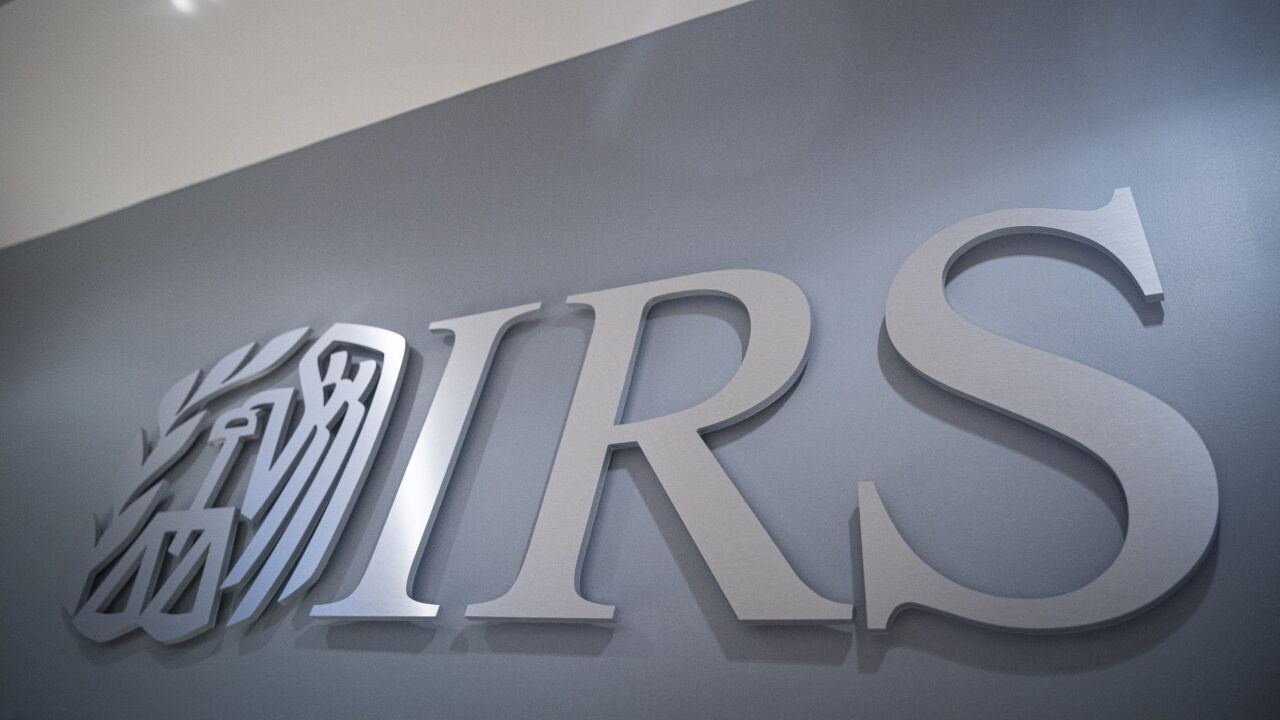Though the Internal Revenue Service’s toll-free customer service line met its performance goals for the 2006 filing season, a federal report was still able to recommend a number of improvements for the system. Overall, the report from the Treasury Inspector General for Tax Administration found that callers waited less time to speak with assistors and abandoned fewer calls while on hold, but the level of service provided was still only on par with the 2005 season, and lower than the 2004 season. During the 2006 filing season, the IRS made approximately 9,900 customer service representatives available to answer the toll-free telephone lines at 25 call centers located throughout the United States and Puerto Rico. The agency met all of its goals -- an 81.8 percent level of service (according to a customer satisfaction survey), a 295-second average speed of answer, and 15 million answered calls. The call centers had originally planned to reduce their operating hours from 15 hours to 12 hours this year, and, accordingly, hire fewer assistors, but Congress passed legislation barring the cuts until the inspector general completed a study of the proposal. When the reduced operating hours didn’t happen, it was too late for the call centers to hire and train seasonal assistors, which the report noted means that the 2006 results were measured against years when there were more assistors available to answer the telephones. Between January and mid-April of 2006, TIGTA broke down the handling of customer calls as follows:
- 16 million callers (30.9 percent) received automated service;
- 14.6 million callers (28.2 percent) reached an assistor;
- 10.6 million callers (20.5 percent) hung up, or were disconnected, before receiving service; and,
- 10.5 million calls (20.3 percent) came in after hours, or were transferred to another line;
However, in an attempt to reduce taxpayers’ waiting time, the IRS blocked more calls in the 2006 filing season than in the 2005 season, more taxpayers were disconnected prior to receiving assistance and the calls answered per assistordeclined. Among one TIGTA’s main suggestions was to review all toll-free telephone English and Spanish call-flow scripts for opportunities to inform taxpayers of self-help services on





